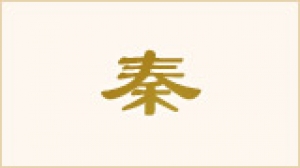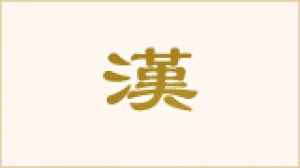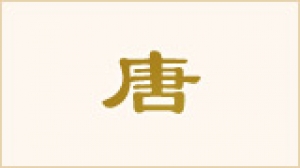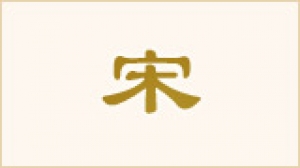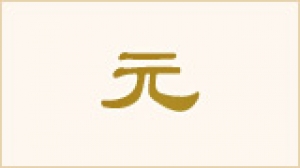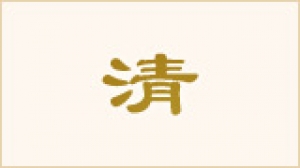The Northern and Southern Dynasties
The Southern and Northern Dynasties (420–589 C.E.) was a period of great turmoil. Various generals gained control of a divided China and each ruled for several decades. Ultimately, they were unable to secure passage of power to their heirs, and thus failed to establish a longer lasting dynasty or unify China. At the same time, this was an active era for the spread of Buddhism and Buddhist-inspired art in China.
After the bloody period of the Three Kingdoms, the Martial Emperor reunited China around 265, establishing the Western Jin Dynasty. Eventually, inner strife in the imperial court rendered the Western Jin vulnerable to invasion by nomadic tribes from the north. The government relocated to Nanjing and established the Eastern Jin Dynasty south of the Yangtze River. In 420, warlord Liu Yu dethroned the emperor and founded the first political entity in a series of Southern Dynasties. Over the next 150 years, power over the southern regions of China would continuously change hands among three families.
Meanwhile, the regions north of the Yangtze suffered a rebellion by non-Han Chinese residents, and the establishment of at least 16 small kingdoms. Mongolian tribes called Xianbei assumed control and established the Northern Wei Dynasty, which lasted for about a century. After its fall, during the short period of 534–581, power in the north changed hands four times.
Although many of the men who seized power during the Southern and Northern Dynasties were from minority ethnic groups, they quickly assimilated to Han culture. The most prominent example of this process was during the reign of Emperor Xiaowen of Northern Wei (467–499). He moved the capital to Luoyang, the imperial hub of several earlier Chinese dynasties. From there, he issued various orders requiring systematic adoption of elements of Chinese culture.
He passed an edict requiring all Xianbei people to take Han surnames, himself taking the surname Yuanin in place of his ethnic name Tuoba. He ordered his people to don Han-style clothing and speak the Han language, and encouraged them to make marriage alliances with landowning Han families. In public affairs, Emperor Xiaowen consulted the laws of the southern Han-led dynasties to revise Northern Wei governance.
The Northern and Southern Dynasties period fostered great development of the Buddhist religion. The Yungang Grottoes in Shanxi province—a series of marvelous caves containing over 51,000 Buddhist statues—were constructed and carved under Northern Wei rule and are considered one of the Four Great Caves of China. The physical features and bearing of the statues exhibit obvious foreign influences, including round faces, deep eyes, and high noses. After Emperor Xiaowen’s assimilation measures, the statues created in later eras took on more Han-like physical features and attire.
By the early sixth century, the Indian monk Bodhidharma had traveled to China and was received by Emperor Liang Wudi, who was a Buddhist enthusiast. Their brief meeting proved unsuccessful, and so Bodhidharma proceeded to make his legendary crossing of the mighty Yangtze River while standing on a single stalk of reed. After arriving at Mount Song near the now-famous Shaolin Temple, Bodhidharma entered a cave and meditated in trance for nine years. Upon achieving enlightenment, Bodhidharma founded the school of Zen Buddhism. Zen Buddhism gradually also had a significant impact on Confucian theories and Asian religion more broadly.
While the monks were meditating, fighting of rule of tian xia, or “all under heaven,” continued. In 581, Emperor Wen of Sui defeated Emperor Jing of Northern Zhou and founded the Sui dynasty. The Sui armies then continued south, conquering the southern regions and reunifying China after 300 years of fragmentation and warfare. A few decades later, the Tang Dynasty began, ushering in one of the most stable and glorious eras of Chinese history.
July 14, 2011


